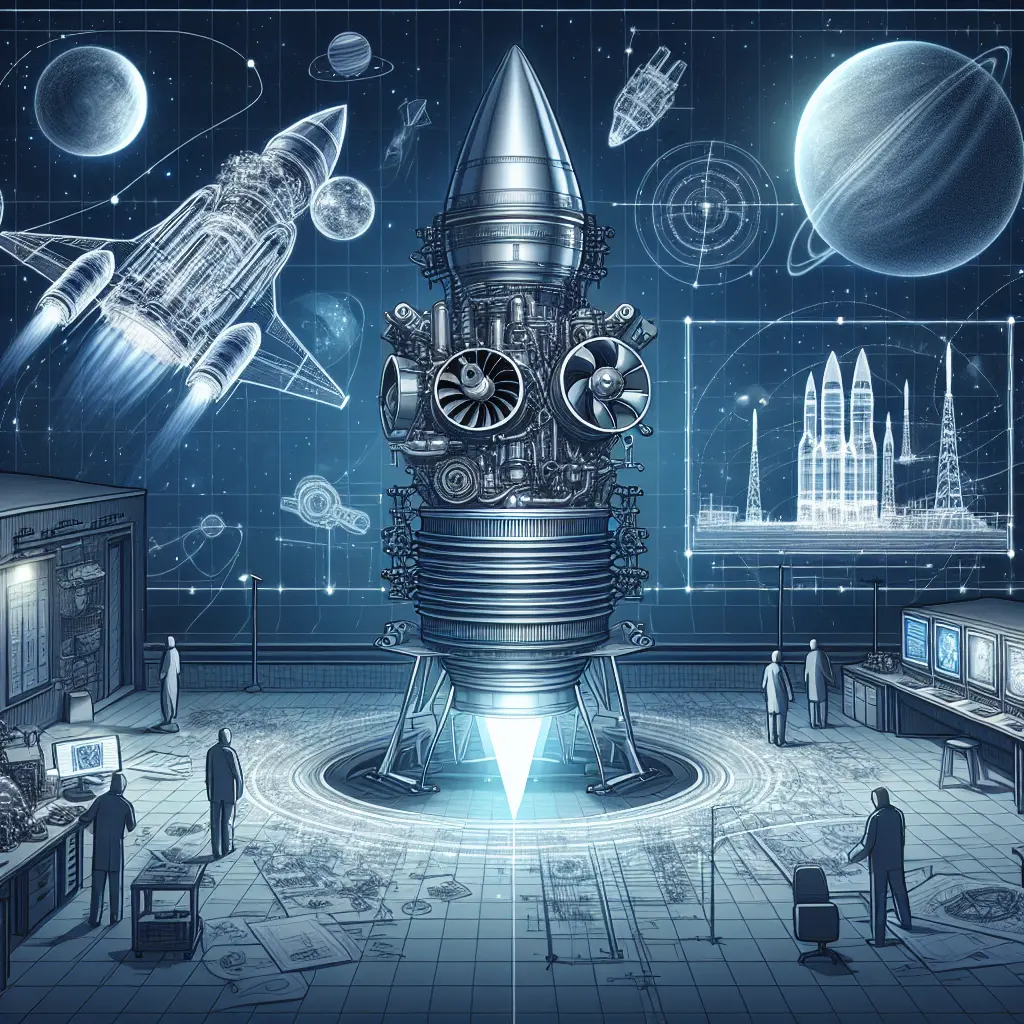In the realm of aerospace engineering, few topics stir as much excitement and anticipation as the development of new rocket technology. Central to recent discussions is SpaceX’s Raptor engine, a cornerstone of SpaceX propulsion technology that promises to redefine the future of space travel. The Raptor engine is not just another piece in the space exploration puzzle; it is a beacon of innovation, driving SpaceX’s goals for Mars colonization while also enhancing satellite deployment capabilities.
The development of the SpaceX Raptor engine began over a decade ago, aiming to create a more powerful and efficient engine for future launch vehicles. Unlike previous rocket engines, the Raptor uses a full-flow staged combustion cycle, a complex yet efficient system that improves the overall performance and reusability of the engine. This design ensures that all propellant is combusted in the engine, significantly enhancing the Raptor engine efficiency and thrust.
As SpaceX continued to refine its engine technology, the Raptor underwent rigorous testing phases, each iteration pushing the boundaries of what was previously deemed possible. The engine's performance metrics have been impressive, achieving thrust levels that make it one of the most powerful engines ever built, suitable for heavy payload missions and interplanetary travel.
The impact of the Raptor Engine on space exploration can be seen in several key areas. First and foremost is its role in SpaceX's Mars missions. The engine’s high thrust and efficiency make it ideal for powering the Starship spacecraft, which is designed to carry humans to Mars and beyond. This aligns with SpaceX's broader vision of making life multiplanetary, a goal that now seems more achievable than ever thanks to advancements in rocket engines like the Raptor.
Moreover, the Raptor engine design contributes significantly to reusable rocket technology. SpaceX has pioneered the development of reusable rockets with the aim of reducing space travel costs. The Raptor engine’s robustness and ability to withstand multiple launches without significant refurbishment are vital for the sustainability and economic feasibility of frequent space travel.
Current News and Developments
Recent news highlights the versatility and continuous improvement of SpaceX’s launch vehicles powered by the Raptor engine. For instance, SpaceX plans to launch two sharp-eyed Earth-imaging satellites into orbit today. This mission underscores not only the reliability but also the precision that Raptor-powered rockets bring to satellite deployment. Space.com
However, these advancements also come with responsibilities. As the number of satellites increases, concerns about light pollution have prompted discussions on environmental stewardship in space activities. Launch sites like those in New Zealand are now considering measures to combat this issue, highlighting a growing awareness of space environmental ethics.
SpaceX's rocket innovation occurs within a complex global context. Recent deliberations about whether former President Trump will support populist policies or align more closely with tech leaders like Elon Musk could influence space policy directions and funding ([source needed]). Similarly, NASA's ongoing decision-making process regarding whether to extend astronauts' stay at the International Space Station amidst considerations between SpaceX and Boeing Starliner options showcases the intricate dance between innovation, policy, and operational decisions in space exploration.
Looking forward, the future of space travel appears intertwined with the evolution of SpaceX's Raptor engine. As we anticipate further advancements in rocket engines, it is crucial to consider not only the technological implications but also the socio-political and environmental impacts.
Future Prospects
In conclusion, the development and impact of SpaceX’s Raptor engine encapsulate a pivotal moment in aerospace technology. From enhancing satellite deployment capabilities to enabling ambitious Mars missions, the Raptor engine stands as a testament to human ingenuity and our relentless pursuit of the stars. As we continue to witness these advancements, one thing remains clear: the journey of discovery is as limitless as space itself.










Leave a Comment